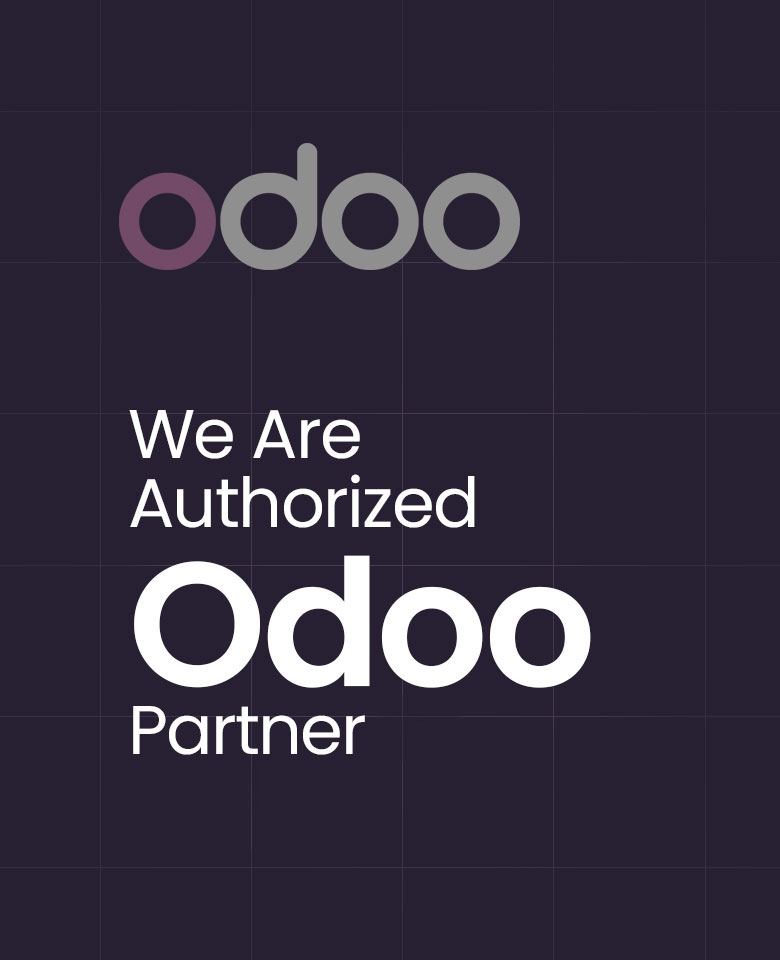Supercharge Your Business Intelligence with Power
BI Odoo Integration
In today’s data-driven landscape, having instant, customizable access to business insights is critical. That’s where the Power BI Odoo Integration module steps in—bridging the gap between the powerful ERP features of Odoo and the visual analytics capabilities of Microsoft Power BI. This seamless integration allows users to extract, transform, and visualize Odoo data in real time, enabling smarter decisions backed by powerful dashboards.
Why Integrate Odoo with Power BI?
Odoo is widely appreciated for its modular ERP capabilities, covering everything from sales and inventory to accounting and HR. However, native reporting tools in Odoo, though useful, may not meet every organization’s advanced data analysis or visualization needs. Integrating Power BI with Odoo offers the best of both worlds: the operational strength of Odoo and the analytical power of Power BI.
With this integration module, users can create tailored dashboards, drill down into complex data sets, and compare performance metrics across time, departments, and products with ease. It transforms raw operational data into actionable business intelligence.
Key Features of the Power BI Odoo Integration
This module is designed to simplify and accelerate the reporting process without the need for custom development or manual data exports. Here are some of its standout features:
1. Direct Connection to Odoo Database
The module provides a secure and authenticated API connection between your Odoo instance and Power BI. This allows for direct access to your live data, reducing dependency on intermediate data pipelines or external tools.
2. Dynamic Data Model
Once integrated, Power BI automatically identifies your Odoo models and fields, allowing you to select the data you want to analyze. Whether it’s sales orders, inventory records, invoices, or custom models, everything is accessible and query-ready.
3. Flexible Filtering and Custom Queries
Users can define custom filters and SQL-like queries within the Power BI environment. This helps extract exactly the data they need—filtered by date, region, salesperson, product category, and more.
4. Automatic Field Mapping and Relationship Management
The integration intelligently maps field relationships, such as foreign keys and one2many or many2one associations, so your data model remains consistent. This saves hours of manual data preparation and allows for building complex visualizations without data quality issues.
5. Multi-Company & Multi-User Support
Organizations with multiple subsidiaries or branches can benefit from the multi-company functionality. The module also includes access controls and user-based filtering, ensuring users only view data relevant to their roles.
6. Scheduled Data Refresh
No need to manually update data every time you open a dashboard. You can schedule automatic data refresh intervals, ensuring you always work with the latest numbers. This feature is especially useful for real-time decision-making and operational monitoring.
7. Ready-to-Use Templates
To make onboarding easier, the module includes sample dashboards and templates for Sales, Inventory, Accounting, and CRM modules. These templates are completely customizable and offer a great starting point for any organization.
Ideal Use Cases for Odoo Power BI Integration
- Sales Performance Tracking: Visualize revenue trends, sales funnels, and team performance across regions.
- Inventory Analysis: Monitor stock movements, product availability, and warehouse efficiency in real time.
- Financial Dashboards: Consolidate accounting data from Odoo and view profit and loss, receivables, and cash flow over time.
- HR & Employee Analysis: Understand workforce distribution, attendance, and payroll metrics through interactive visuals.
- CRM and Customer Insights: Analyze lead sources, conversion rates, and customer behavior with granular filtering.
Easy Setup and Configuration
The Power BI Odoo Connector is designed for non-technical users. The installation process is straightforward and well-documented. Once installed, users simply authenticate the connection, select the required models, and start visualizing. The module supports both on-premise and cloud-based Odoo instances, making it flexible for companies of all sizes.
Additionally, it adheres to best security practices, ensuring your sensitive business data is protected during transmission and access.
Benefits of Using Power BI with Odoo
Custom Reports: Create role-specific reports and dashboards for different stakeholders.
Enhanced Decision-Making: Access to real-time and accurate reports helps executives make strategic decisions faster.
Time Savings: Eliminate manual data export/import cycles and reduce reporting turnaround time.
Greater Visibility: Holistic insights across departments give a 360-degree view of your organization.
For businesses running on Odoo, integrating Power BI offers a significant boost to operational transparency and decision-making capabilities. Whether you’re a small business owner looking to improve your reporting or a large enterprise needing enterprise-grade analytics, the Power BI Odoo Integration module provides the tools to take your data analysis to the next level.
